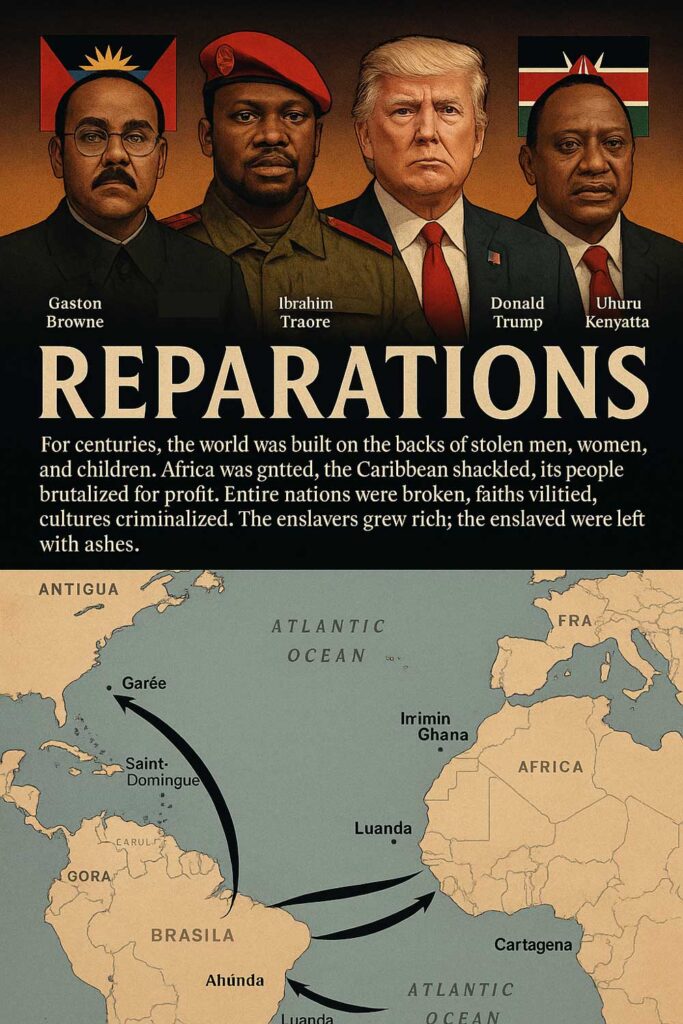As the United States stands on the cusp of another critical Election Day, an impressive 75 million Americans have already made their voices heard through early voting. This substantial turnout reflects a nation gripped by anxiety over democracy and a fiercely contested political landscape. In nine states, more than half of eligible voters have cast their ballots before the official voting day.
Early voting statistics suggest that the turnout for the general election could fall somewhere between the 60% seen in 2016 and the record-setting 66% of 2020. As Americans flock to the polls, the latest Times/Siena College polls indicate tight races in numerous battleground states. Kamala Harris shows a slim advantage in Nevada, North Carolina, and Wisconsin, while Donald Trump leads in Arizona. However, the competitiveness of the races in Michigan, Georgia, and Pennsylvania is underscored by the fact that results from all seven pivotal states are within the margin of sampling error, indicating no clear frontrunner.
Nate Cohn, the Times’s chief political analyst, notes that this election defies typical patterns, as final polls usually project a clearer favorite. Across the campaign trail, candidates are eager to sway undecided voters. During a recent event in Detroit, Harris engaged with churchgoers, while Trump reminisced about his presidency, claiming he "shouldn't have left" the White House following the 2020 election.
A deeper look into Pennsylvania reveals its status as a swing state. According to national reporter Campbell Robertson, the state’s political dynamics revolve around the demographic split between urban centers, such as Philadelphia and Pittsburgh, which predominantly support Democrats, and the smaller cities and rural areas that historically lean towards the Republican party. Many of these regions, once economic hubs for steel and manufacturing, represent an essential aspect of the electoral calculus as the nation prepares for the outcome of this pivotal election.





















